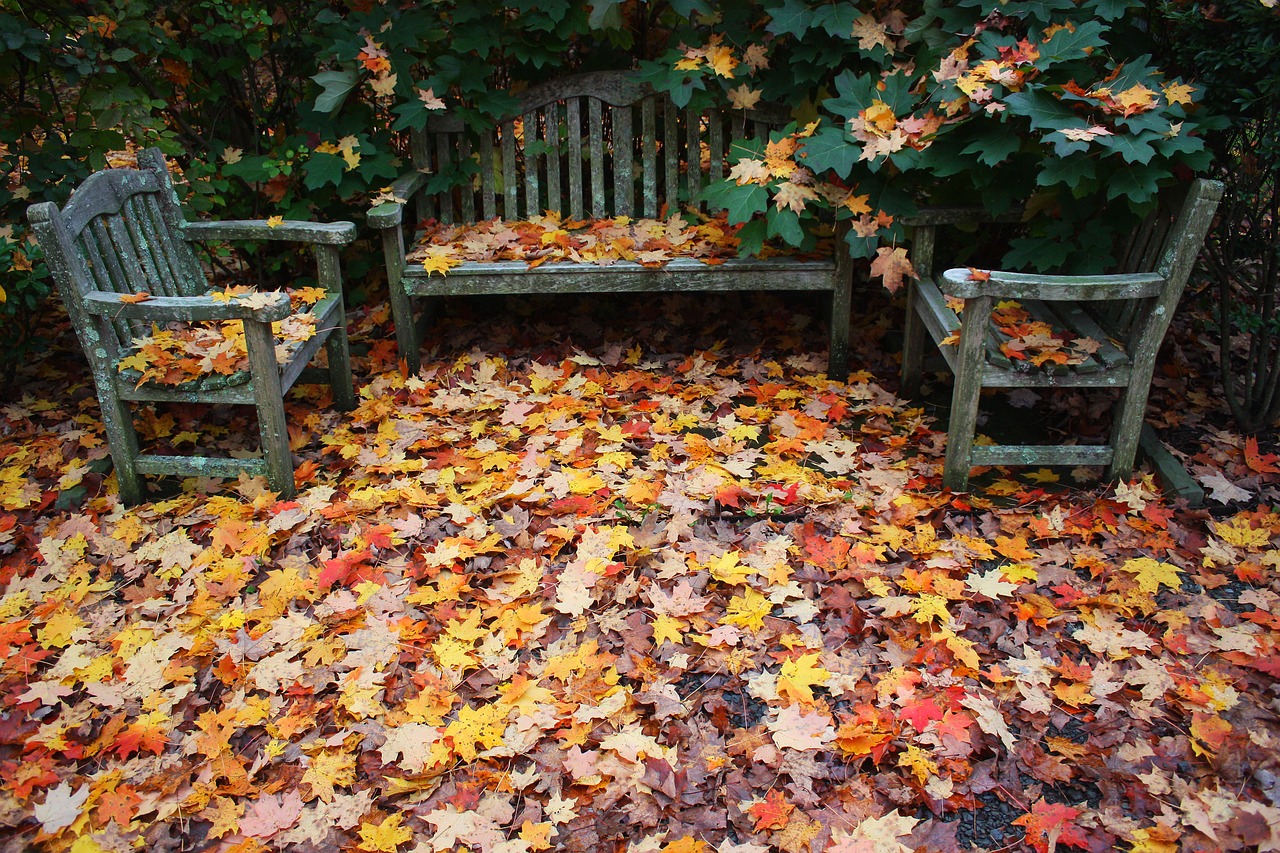Autumn is a beautiful time of year in New England. Spend more time enjoying it and less time cleaning up after it with these time-saving tips.
Don’t Rake under Bushes
Always looking for a reason to cut leaf-raking chores short in the fall? Go ahead and skip raking the leaves from under shrubs and bushes. Sure, your sore muscles will benefit, but so will the bushes and birds. A layer of leaves will create a moisture barrier that helps retain water for the roots of your shrubs and also draws all kinds of fascinating worms and bugs—just what ground-feeding birds such as robins enjoy most. So you subtract a few minutes of hard labor and add hours of potential bird-watching fun.
Clean Clogged Downspout
A device called a fish tape-used to pull electrical or phone wires through a wall-is just the tool for cleaning a clogged downspout. Just push the tape (which is actually a stiff, flexible steel wire) up the downspout.
Plan Your Workday
Whenever you clean your gutters, take care of other routine roof maintenance while you’re up on the ladder. You’ll save time and reduce the amount of work needed next time around. For example, trim back any tree branches that grow near your roof. A gap of at least 1 foot between the nearest branches and the roof minimizes shingle-tearing scrapes during windstorms. Trimming branches also reduces the leaf and needle litter that must be cleaned from your gutters. If snow and ice haven’t jammed your gutters when holiday season rolls around, you can clean your gutters and hang your Christmas lights at the same time. Most outdoor lights attach to the eaves on or near the gutters. As you move the ladder along and clip on those lights, clean out the accumulated leaves and debris and drop them to the ground, where they can be raked up. You also should hand-sweep the nearby shingles. When it’s time to take down the lights after the holidays, clean the gutters again. With luck, you won’t have to touch them again until fall.
Remove Leaves from Gutters
Hardware store manager Steve Shadel of Boulder, Colorado, uses a lightweight electric leaf blower to blast leaves and pine needles out of his gutters. With this tool, he can clean an entire length of gutter with just one or two trips up the ladder. Safely back on the ground, he then rakes up the accumulated leaves. For compacted leaves or mucky dirt, attach a high-pressure nozzle to your garden hose and fire a cleansing stream down the gutter. Steve points out that this muck all flows to the downspout, which then must be cleaned thoroughly with the hose-a good practice once a year anyway. This is also a good time to check that your gutters are oriented correctly. The water should move steadily toward the downspout. If it pools anywhere, the gutter needs to be repositioned.
Use Leaves as Mulch
Cornell Cooperative Extension educator Sally Cunningham always stops to pick up leaves left on the curb in her town of East Aurora, New York. “To avoid making a mess of my car or myself, I always carry a box of the best four-ply garbage bags in my car,” Sally says. That way, she can bag loose leaves on the spot and double-bag leaves that have been stuffed into thin bags, which split open easily.
Back at home, Sally piles bags near the foundation of her house to block drafts and hold in some heat. She also uses bagged leaves as a windbreak along a fence at the end of a perennial bed. In areas where she intends to dig new garden beds in the spring, Sally sets bags of leaves on top of the grass. She uses a screwdriver or knife to poke holes in the bags so the contents don’t become smelly. “In the spring, I spread the contents as mulch right where they are stored,” Sally says. When she empties intact bags of leaves onto the compost pile in the spring, she saves the bags for reuse in the fall, after turning them inside out and allowing them to dry well in the sun.
This post was first published in 2011 and has been updated.

